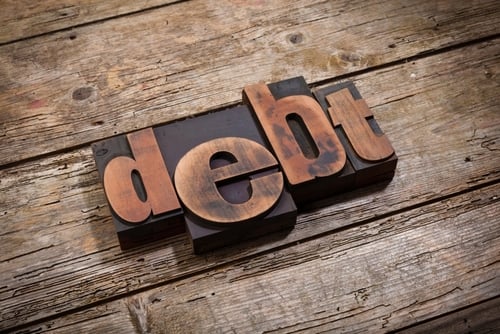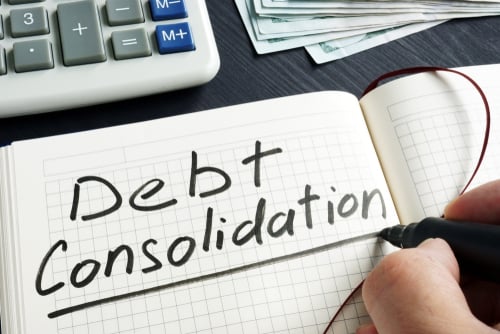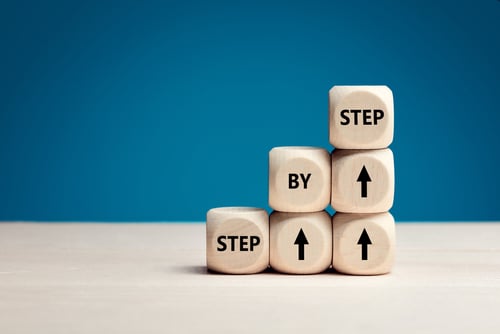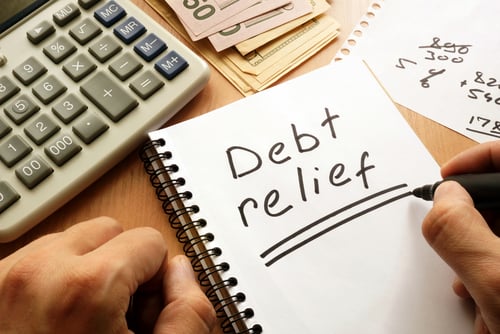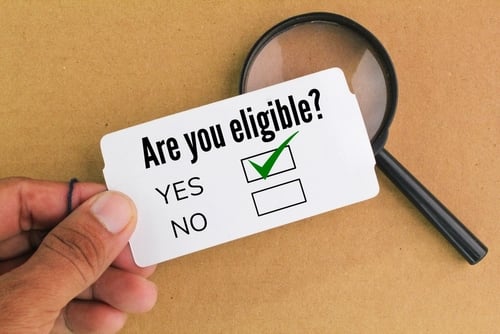Forgiveness
Credit Card Debt Forgiveness
If you’re burdened by high levels of credit card debt, you’re not alone. In fact, as of mid-2017, the average amount of credit card debt for balance-carrying households approached $11,000, with over 38% of American households feeling the weight of credit card debt. These numbers may be higher than one might expect, though they shouldn’t be considered all that shocking when taking into account that the aggregate amount of revolving debt in the United States is now over one trillion dollars.
Now, let’s remember that the above figures represent baseline statistics ranging across the nation – as if that weren’t bad enough. But what if you find yourself at a level considerably higher than the national average and need to do something about it? There are two primary approaches to pursuing credit card debt forgiveness. As the term implies, credit card debt forgiveness involves paying less than the full interest-generating balances owed to your creditors.
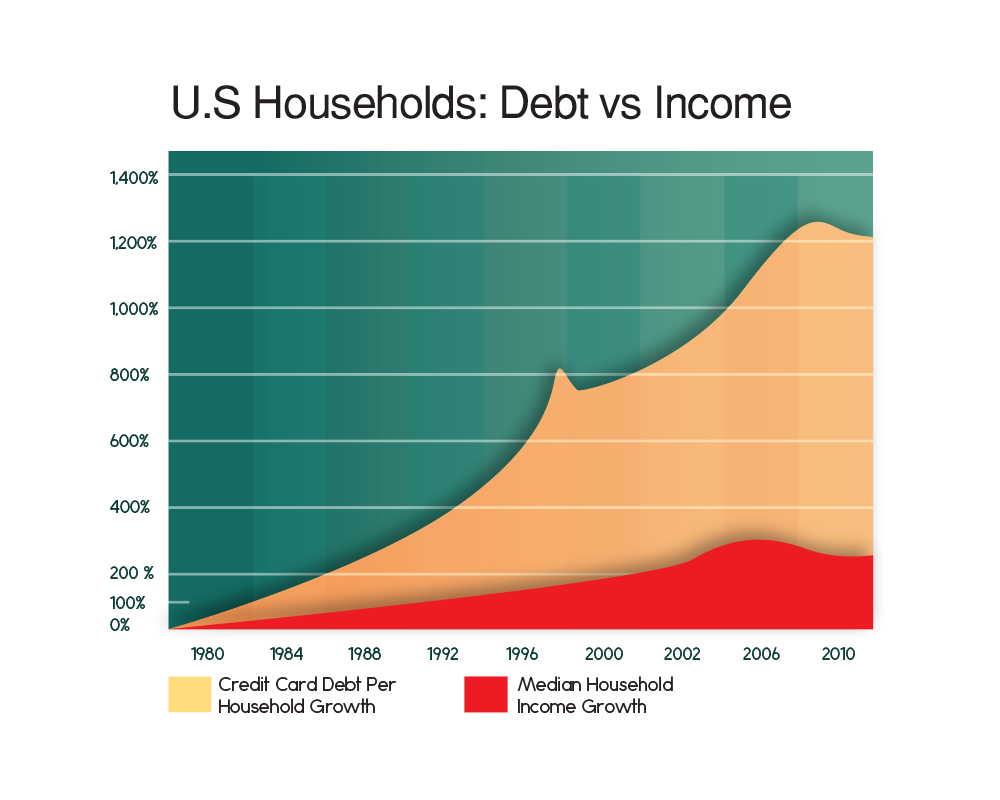
How does Credit Card Debt Forgiveness Work?
Credit Card debt forgiveness in the form of debt settlement takes place when a debtor successfully negotiates a payoff amount for less than the total balance owed. This lower amount is agreed to by the credit card lender and gets fully documented in writing.
Even though it may seem surprising that banks would settle for less than the full amount owed, the statistical certainty that not all borrowers pay back in full is built into a bank’s carefully formulated lending model.
From the bank’s point of view, if it becomes clear over a period of many months that a debtor’s delinquent account may slip further toward charge-off status, thereby effectively making it worthless – it only makes sense that securing a smaller piece of the pie is better than getting back nothing at all.
The debt settlement process is often a long and arduous one that leaves a stain on an individual’s credit profile for seven years and results in tax ramifications for any savings over $600.
Meantime, in the case of a Chapter 7 or Chapter 13 bankruptcy filing, credit card debts are eventually discharged following a series of court filings and proceedings, and the black mark of bankruptcy remains on the debtor’s credit profile for either ten years (in the case of Chapter 7) or ten years (in the case of Chapter 13) from the date of filing.
ABC
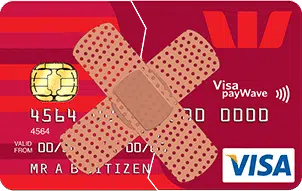
Which method of Credit Card Debt Forgiveness should I pursue?
The choice between debt settlement and bankruptcy will depend upon your total debt level, the types of all of your debts that may extend beyond credit card debt, your income level, as well as the eventual tax consequences and credit score impact. For instance, even if your total debt level is high, if most of it is unsecured credit card debt, debt settlement is likely your best option.
However, if you are also carrying onerous secured debt (such as a home mortgage or auto loan), pursuing bankruptcy could be the better option. Regarding discretionary income, if you are able to put aside a certain fixed amount each month for an eventual settlement payment, then you can consider debt settlement as an appropriate approach toward credit card debt forgiveness. However, if it’s unrealistic to think in terms of building any savings after accounting for basic necessities each month, then bankruptcy may be the better approach for pursuing credit card debt forgiveness.
Do Your Homework
Regardless of which option you ultimately choose in your pursuit for credit card debt forgiveness, it is important to spend time learning the territory involved. Negotiating debt settlement directly with creditors or beginning the bankruptcy filing process is not easy, and aside from putting in further study, it could be in your best interests to work with experienced professionals who have existing relationships with creditors and can help tailor a solution to your specific financial situation.
Aside from the two options discussed above, a third possible scenario for lessening your credit card debt burden involves pursuing a debt management plan that reduces your interest rates and blended monthly payments. Contact us here at United Settlement to speak with one of our experienced credit counselors who can help you get on the road to financial wellness.

Debt Relief Reviews
Get Debt Relief
Speak with licensed debt specialists dedicated to guiding you toward financial stability every step of the way.

Ready To Get Started?
See if you qualify for debt relief. Get a Free savings estimate to see how quickly you can be debt free.
Embrace financial freedom with our tailored solutions, expert guidance, and unwavering commitment to your success.
Experienced Professionals
Our experienced team has helped thousands of clients successfully eliminate debt and regain financial freedom.
Customized Solutions
We know every financial situation is different, so we design personalized debt relief plans to fit your specific needs and goals.
High Success Rate
Our proven debt relief strategies deliver real results. With a strong track record of success, we help clients achieve lasting financial stability.
Confidential Consultation
Your privacy is our priority. All debt relief consultations are 100% confidential and handled with the highest level of discretion.
Explore other blogs
